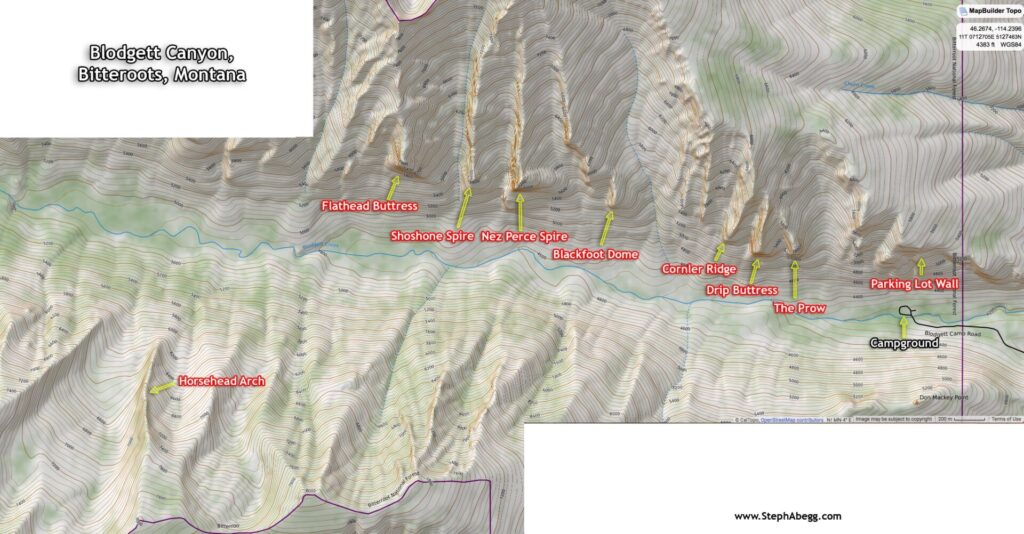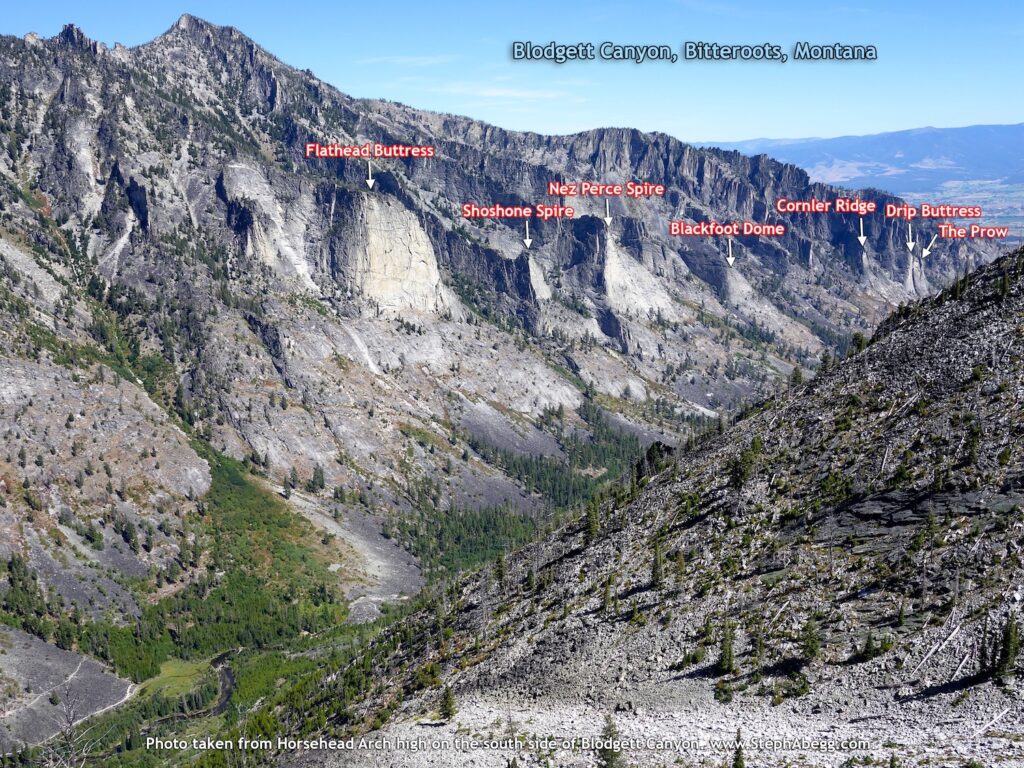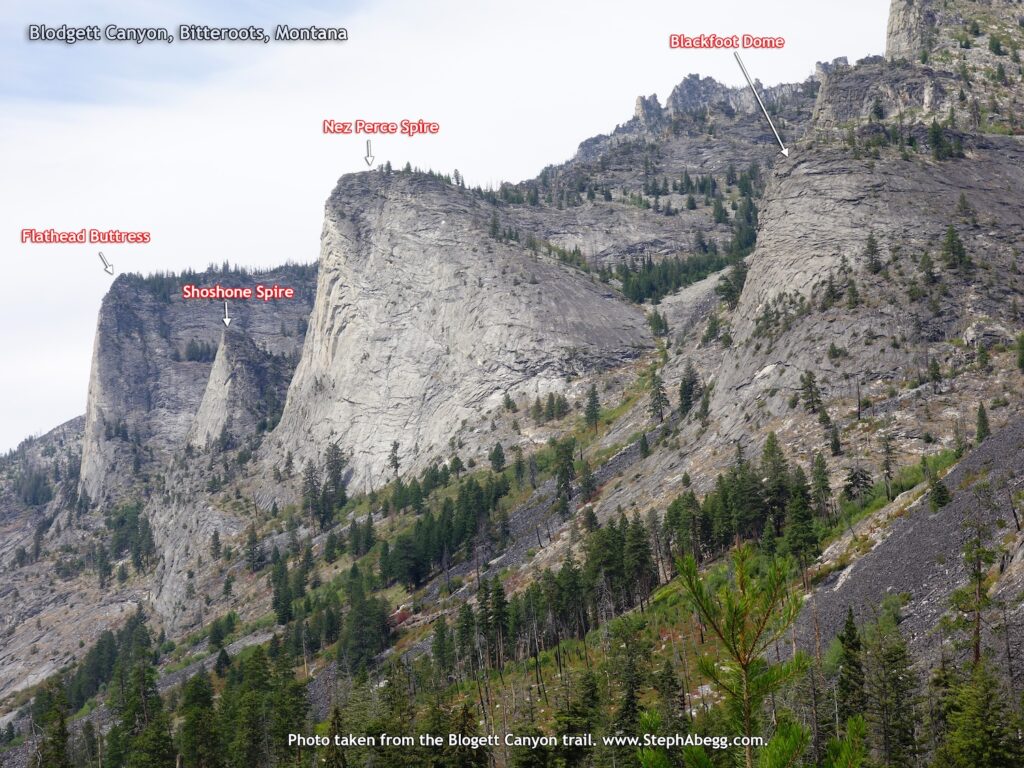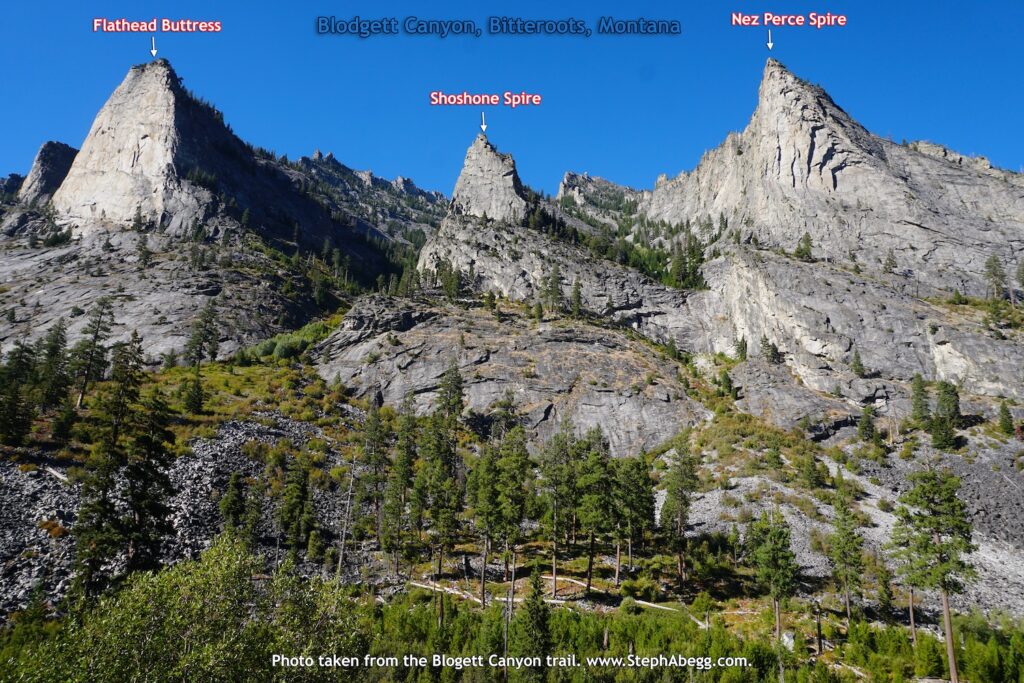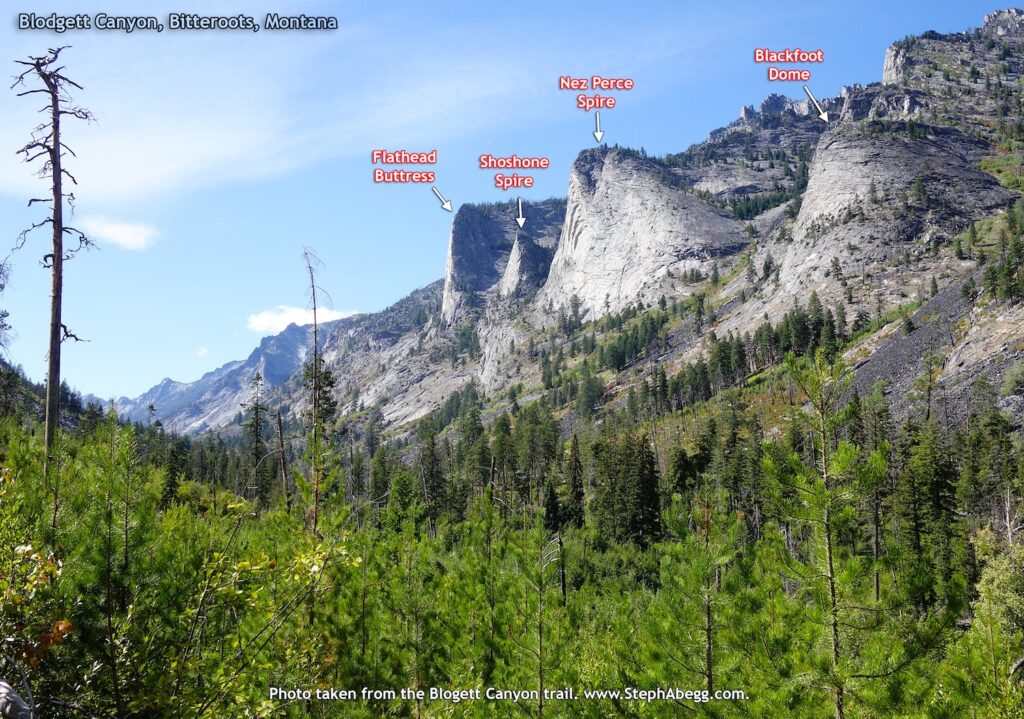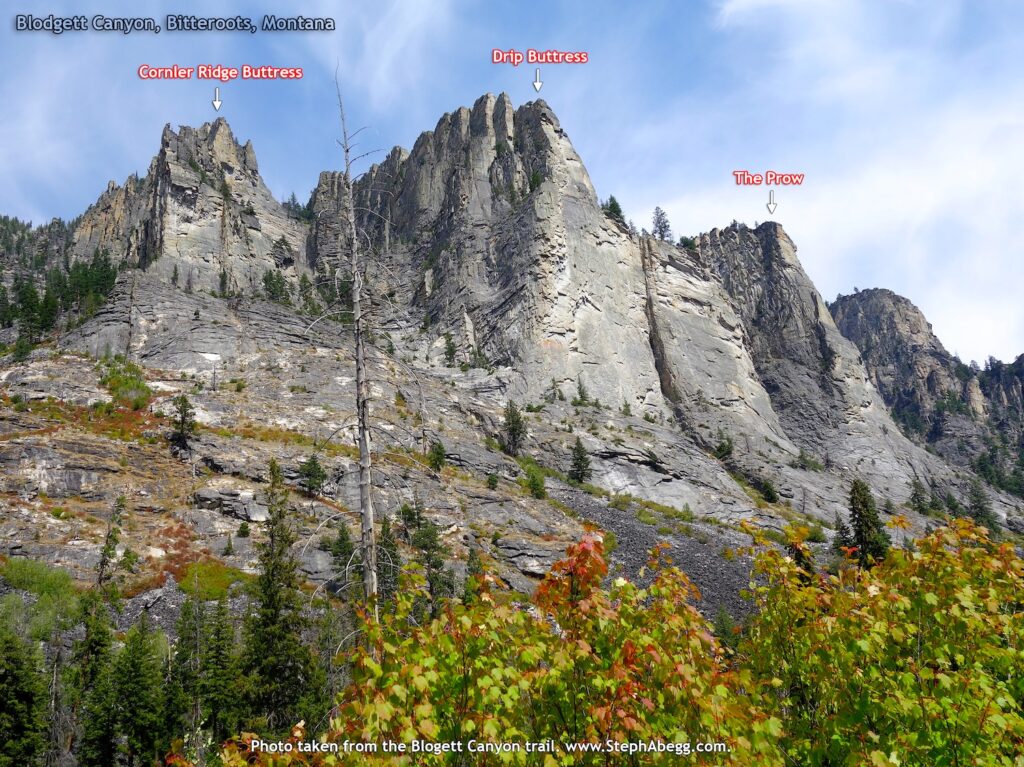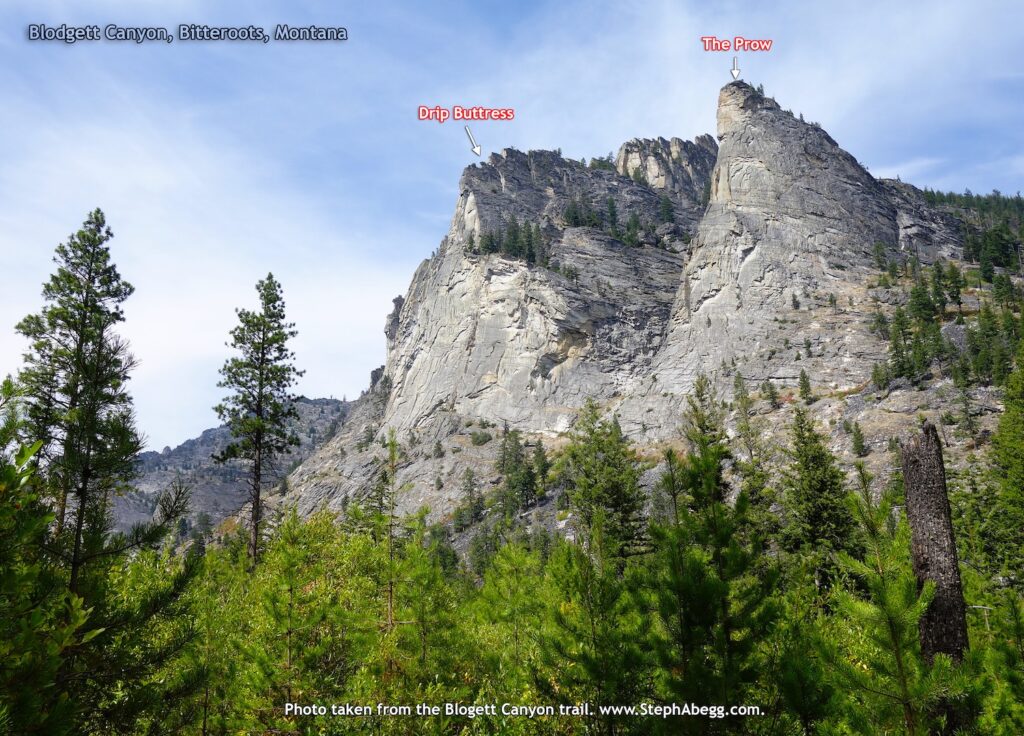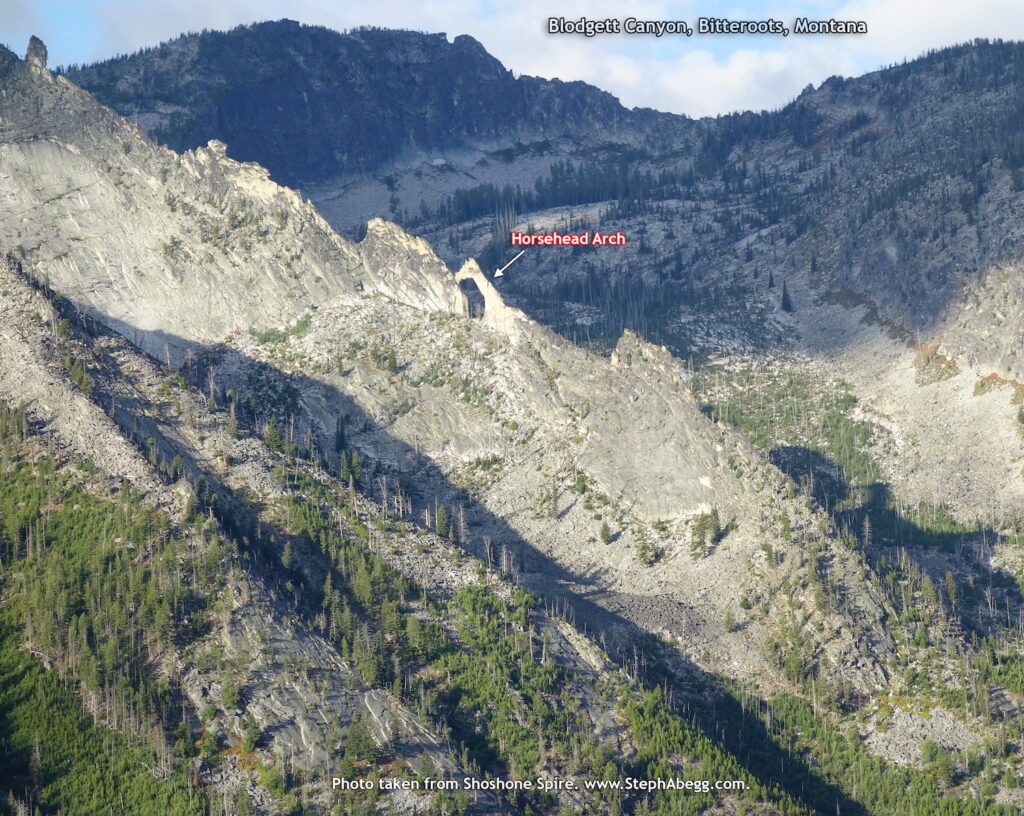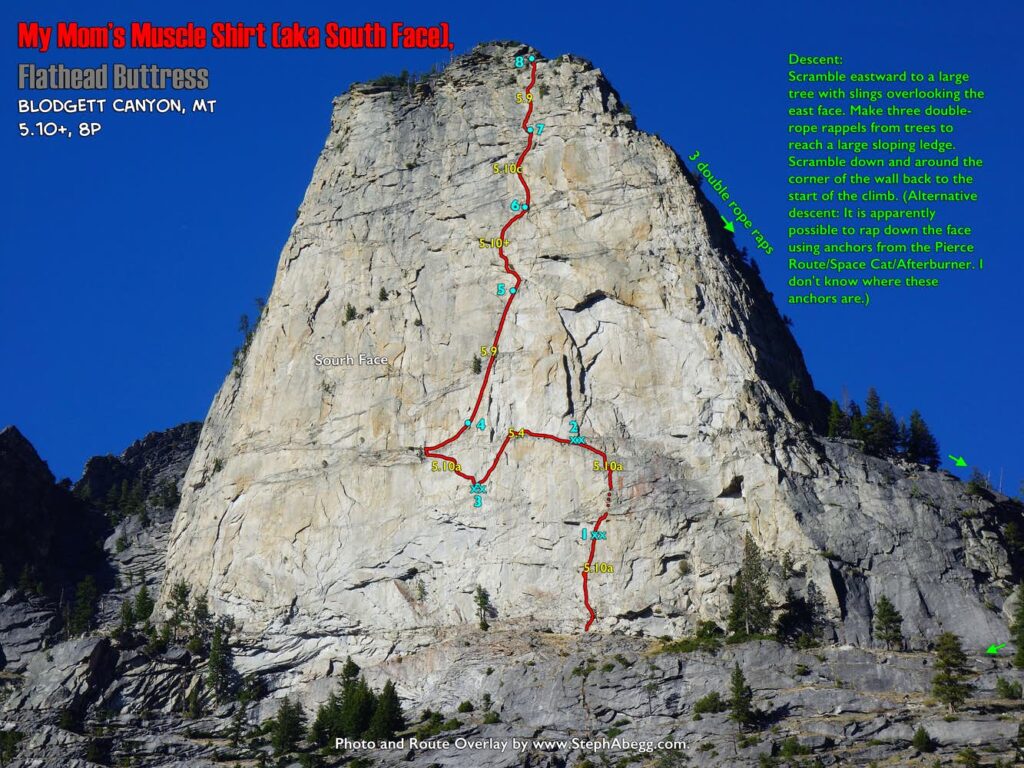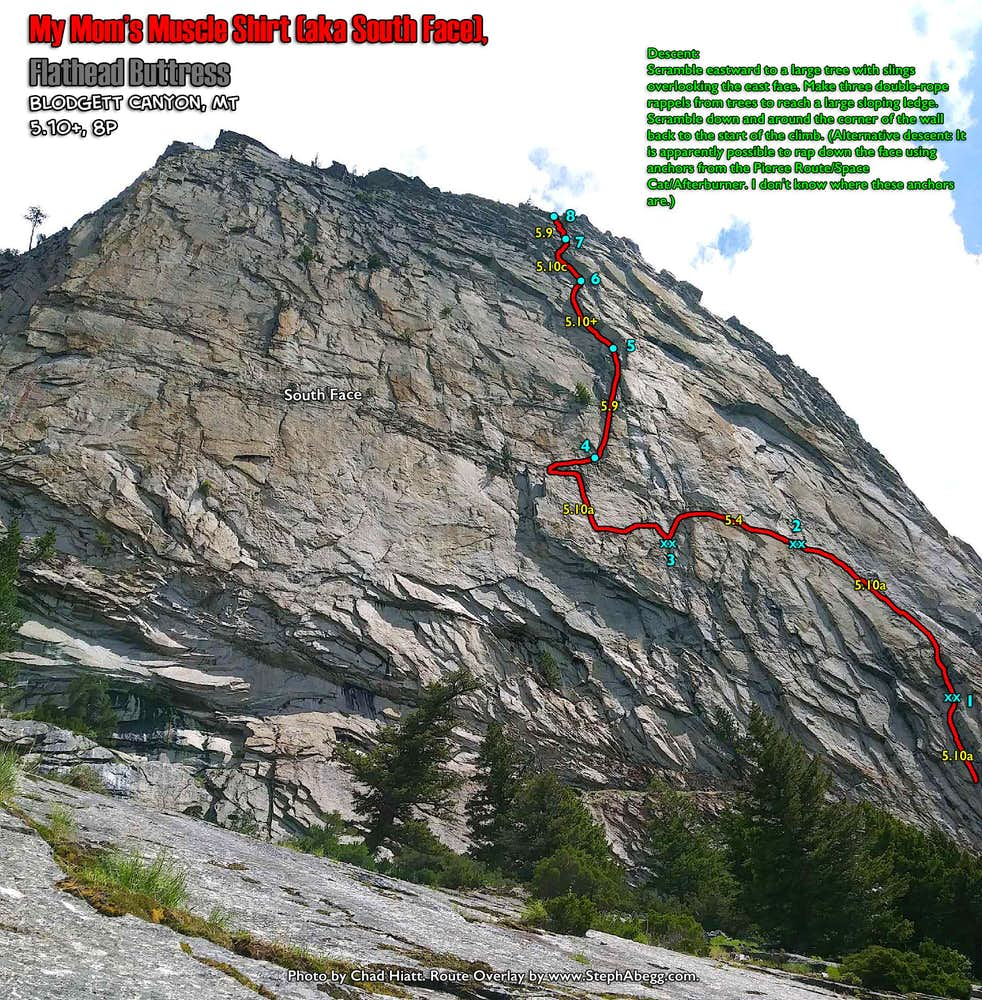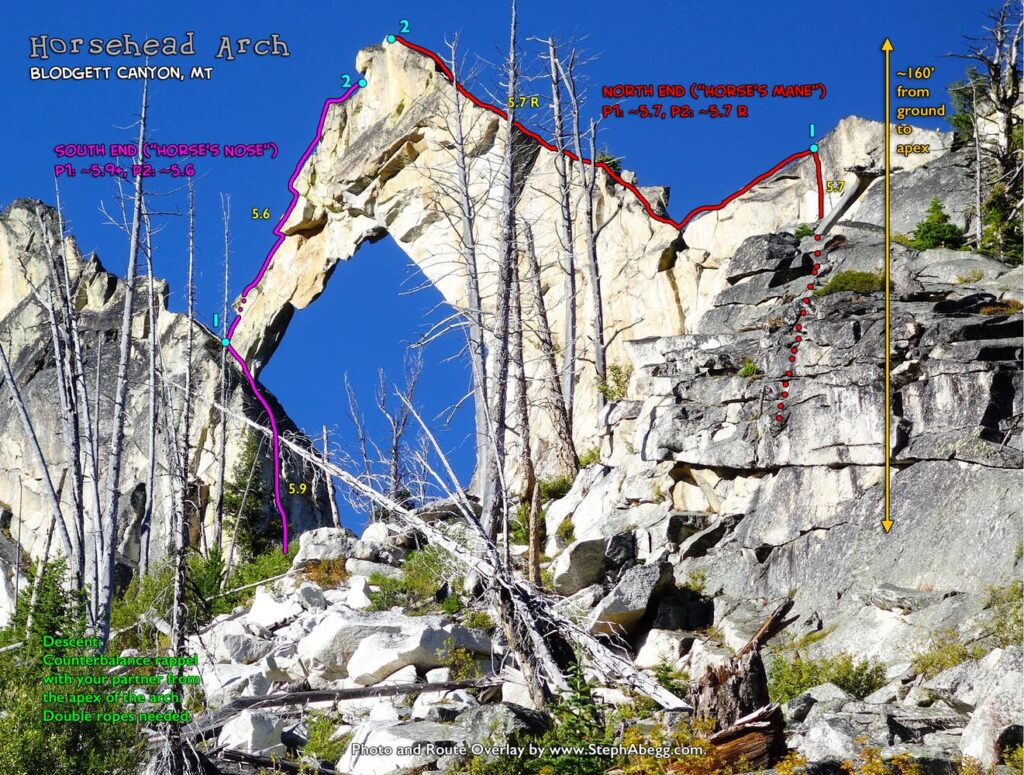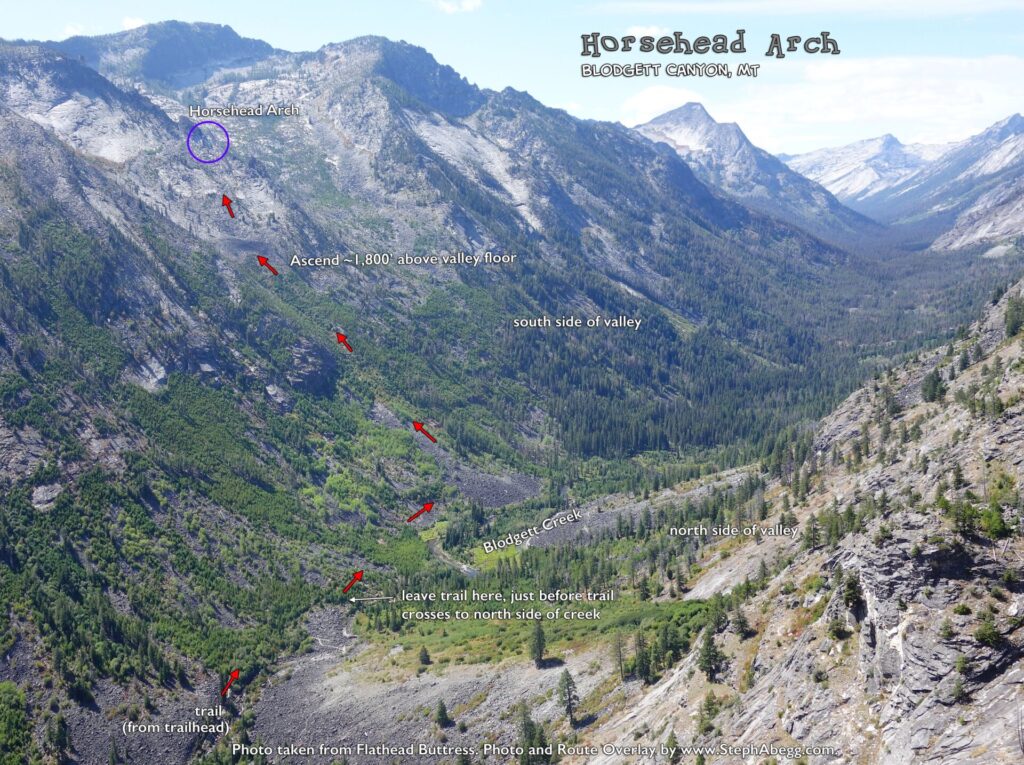At some point in the last few years, I caught wind of this place called "Blodgett Canyon". Situated in the middle of the Bitterroots of Montana, Blodgett Canyon was apparently littered with granite cliffs and spires, offering several multipitch south-facing routes featuring everything from large dihedrals to jam-cracks, chimneys to featured face. Plus, there was supposedly a free campground right next to the trailhead, from which approaches to climbs were 1-2 hours, mostly on flat trail and open terrain. I had to check it out someday!
In June 2018, Chad Hiatt emailed me asking about some aerial photos I had taken of Mt. Queen Bess in the British Columbia Coast Range. At some point he mentioned he was from Montana, I mentioned I really wanted to check out the climbing there someday, and we ended up planning a 5-day trip to Blodgett Canyon for early September. The trip almost didn't happen, when I strained an intercostal muscle in late August and Chad's summer was plagued with a cracked sesamoid bone in his left foot; but in the end we decided to go for it, groan and limp our way up moderate routes and maybe even some harder routes, and have fun.
The first day, Chad and I climbed the South Face of Shoshone Spire (5.8+, 5-6p), perhaps the most popular route in the canyon (and no wonder, with its great exposure, continuous maze of cracks on solid rock, and moderate grade). The route took us about 7 hours camp-to-camp, and we were both feeling like we could climb reasonably well through our injuries, so we planned for something bigger the second day: My Mom's Muscle Shirt on Flathead Buttress (5.10+, 8p), a 5.10 testpiece climbing up the center of the steep south face. This climb offered pitch after pitch of challenging, varied, and awesome climbing. The third day, we set out for our third major objective in the canyon: the Southwest Ridge (5.10 R, 8p) of Nez Perce Spire, ascending the beautiful sweeping ridge of Nez Perce and known to be a bit more of an adventure route than our previous two climbs. But the few and flaring gear placements and in-obvious route-finding got the best of us, and we decided to bail one pitch up, and head instead to next-door Blackfoot Dome and climb The Free Lament (5.9+ R, 3p). We climbed the first two pitches, but again the runout climbing and tricky gear was getting the best of us and neither one of us was feeling super confident given our injuries, and we decided to call it a day. The fourth day, our last day in Blodgett, we decided to go check out Horsehead Arch, a cool-looking arch feature we had spotted high on the south side of the valley across from Flathead Buttress. From what little beta we could glean off of the internet, it sounded as if you could climb to the apex of the arch via two pitches of 5th class climbing, and then descend via a counterbalance rappel with your partner over the apex of the arch. Sounded pretty cool. And indeed it was! We first climbed to the top via the north end of the arch—we called this route "Horse's Mane" (~5.7 R, 2p)—and had so much fun doing the climb and rappel that we decided o see if we could get to the top via the south end of the arch—we called this route "Horse's Nose" (~5.9+, 2p). It was one of those rare awesomely fun and super memorable days of adventure, the kind where various episodes from the day play out in your mind for several days to come. The fifth day of the trip was Labor Day Monday, and since Chad needed to be back at work the following day and I was curious to check out the nearby Lost Horse Canyon (located about 12 miles south of Blodgett), we decided just climb for the morning at Lost Horse Canyon. Lost Horse's granite crags offer a plethora of incredible cracks and crisp edges, towering over the peaceful river valley below; there are nearly 100 pitches of high-quality crack climbing at all grades, mostly single pitch, with scattered 2-4 pitch routes. We climbed The Mountaineers Route (5.10b, 3-4p) on Main Wall, which is one of the more popular routes at Lost Horse.
This first climbing trip to Montana exceeded my expectations in every way. Chad was an awesome partner and I enjoyed climbing with him. Despite my rib and his foot injury, it never once detracted from our fun. I thought the Blodgett rock was good and the climbing was challenging and enjoyable, and the locations superb. I just loved Montana in general. There is no doubt I will be back to climb in Montana again. And again.
(Update: When I wrote this trip report, I had planned on driving back to Washington the next day. But the weather looked a bit unstable in Washington, and I felt like exploring Montana some more, so the 4-day trip to Blodgett evolved into a 2-week effort to climb as many classic routes in Montana as I could. It was an awesome trip.)


